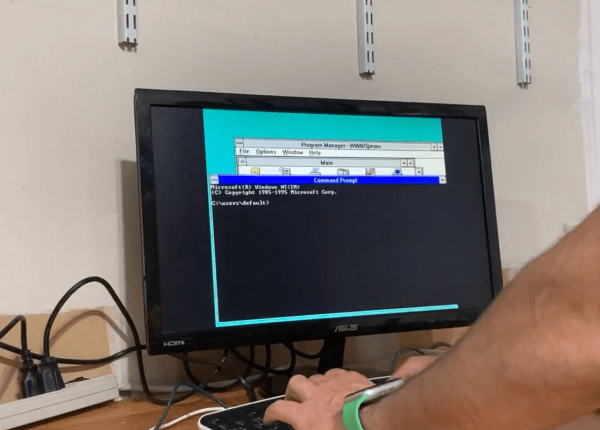[Julio] has an older computer sitting on a desk, and recorded a quick video with it showing how fast this computer can do seemingly simple things, like open default Windows applications including the command prompt and Notepad. Compared to his modern laptop, which seems to struggle with even these basic tasks despite its impressive modern hardware, the antique machine seems like a speed demon. His videos set off a huge debate about why it seems that modern personal computers often appear slower than machines of the past.
After going through plenty of plausible scenarios for what is causing the slowdown, [Julio] seems to settle on a nuanced point regarding abstraction. Plenty of application developers are attempting to minimize the amount of development time for their programs while maximizing the number of platforms they run on, which often involves using a compatibility layer, which abstracts the software away from the hardware and increases the overhead needed to run programs. Things like this are possible thanks to the amount of computing power of modern machines, but not without a slight cost of higher latency. For applications developed natively, the response times would be expected to be quite good, but fewer applications are developed natively now including things that might seem like they otherwise would be. Notepad, for example, is now based on UWP.
While there are plenty of plausible reasons for these slowdowns in apparent speed, it’s likely a combination of many things; death by a thousand cuts. Desktop applications built with a browser compatibility layer, software companies who are reducing their own costs by perhaps not abiding by best programming practices or simply taking advantage of modern computing power to reduce their costs, and of course the fact that modern software often needs more hardware resources to run safely and securely than equivalents from the past.












